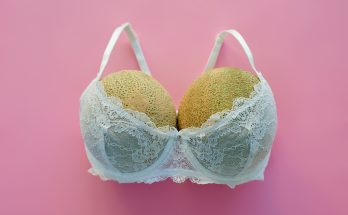## Beyond the Snip: The Art and Purpose of Recreating a Stuck Ring Removal
That moment of panic when a ring, usually a beloved piece of jewelry, suddenly feels like a vice gripping your finger. Swelling, discomfort, and the fear of permanent loss or injury can quickly set in. While many people only encounter this issue in a stressful, real-life scenario, there’s significant value in the deliberate “recreation of a ring removal.” This isn’t about performing the removal for the first time under pressure, but rather staging or demonstrating the process, turning a potential emergency into a teachable moment and a valuable skill.
The primary purpose behind recreating a ring removal is education and preparation. In medical training, first responders, nurses, and doctors need to be proficient in non-destructive techniques before resorting to cutting. Demonstrating the process allows trainees to practice techniques like lubrication methods or the widely used string method on models or simulated scenarios, reducing anxiety and improving efficacy when faced with a real patient. For the general public, online tutorials, workshops, or safety guides that recreate these removals provide accessible knowledge, empowering individuals to potentially resolve the issue themselves or assist others safely before professional help is needed. It shifts the narrative from panicked reaction to informed action.
Recreating a removal also highlights the effectiveness and elegance of non-destructive methods. Often, the default thought in a stuck ring situation is cutting the ring. However, many scenarios can be resolved with simple household items and techniques. Recreations meticulously demonstrate methods like using glass cleaner, Windex, soap and water, or lotion as lubricants. They show *how* to elevate the hand to reduce swelling and *how* to gently twist or wiggle. Crucially, they showcase the “string method” (using dental floss, ribbon, or string), where the finger tip is wrapped tightly to compress the swelling, allowing the ring to be worked over the knuckle. Showing these methods step-by-step in a controlled environment proves their viability and encourages their use.
Effectively recreating a ring removal requires careful planning and appropriate props. For medical training, this might involve realistic hand models with simulated swelling or actual volunteers willing to participate (with no real ring stuck!). For public demonstrations or videos, props like dummy fingers, various sizes of rings, and common household lubricants or string are essential. The environment needs to be well-lit and provide clear visibility of the hand and the ring. Narrators or instructors must explain each step, highlight key safety points (like stopping if there’s severe pain or discoloration), and show the potential pitfalls or challenges of each method. The goal is not just to *do* the removal but to *teach* it effectively through demonstration.
Beyond basic education, recreating removals can also serve as a platform for innovation or comparison. Demonstrators might compare the effectiveness of different lubricants, test variations of the string method, or explore new tools designed for non-destructive removal. Documenting these recreated scenarios allows for analysis and refinement of techniques. Furthermore, it can provide a visual reference for people who are struggling, allowing them to follow along with a video demonstration in real-time, a far less stressful experience than trying to decipher written instructions while dealing with a painful, swollen finger.
In conclusion, the recreation of a ring removal is far more than just practice; it’s a vital educational tool. Whether used in professional medical training, public safety demonstrations, or online tutorials, it serves to demystify a common, stressful situation. By showcasing non-destructive methods using accessible materials and clear steps, these recreations empower individuals with the knowledge and confidence needed to handle a stuck ring scenario effectively and safely. It’s a testament to how demonstrating practical solutions can turn potential panic into calm resolution, often saving both the finger and the precious piece of jewelry.


